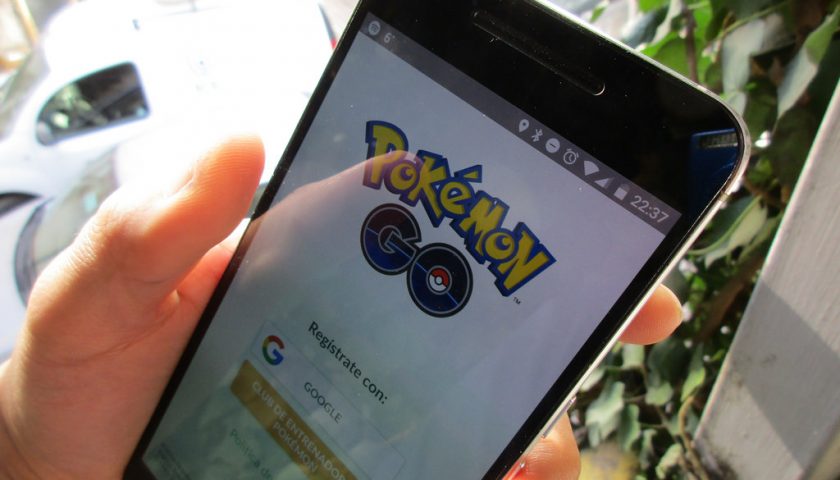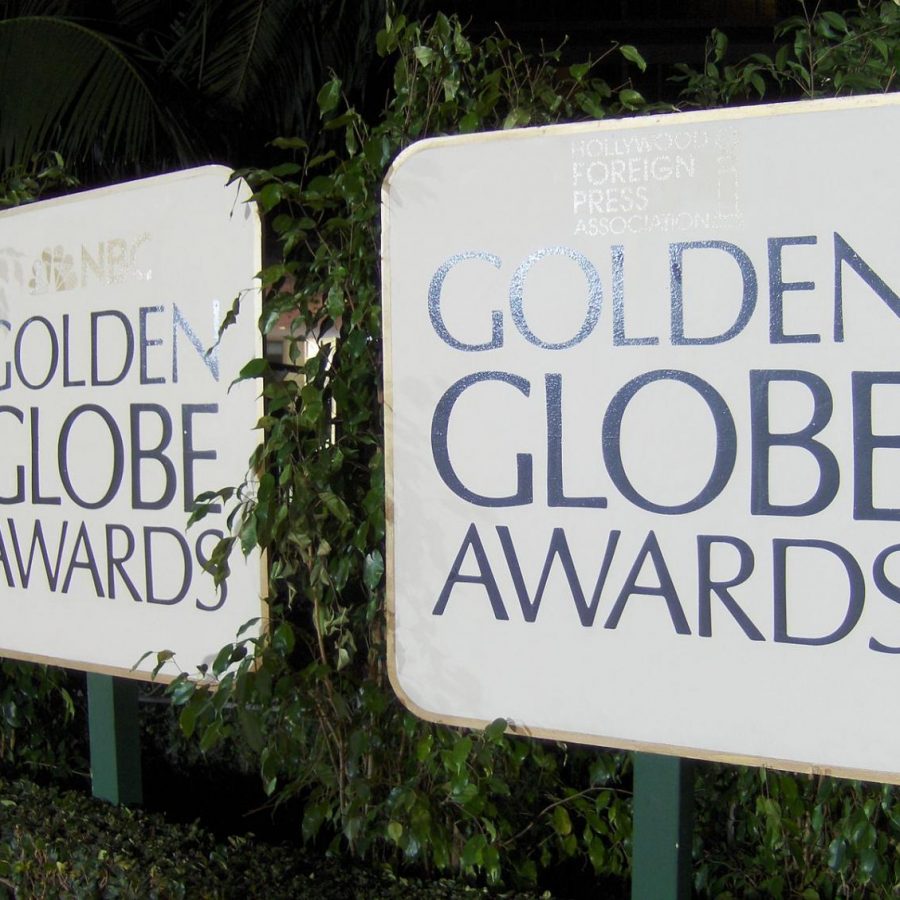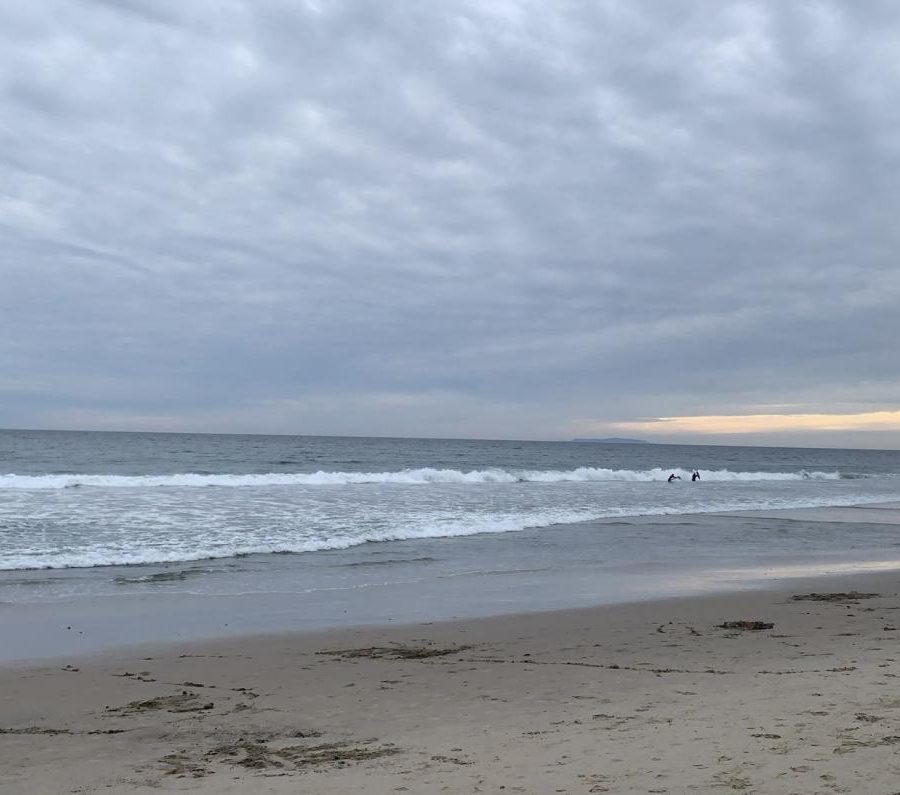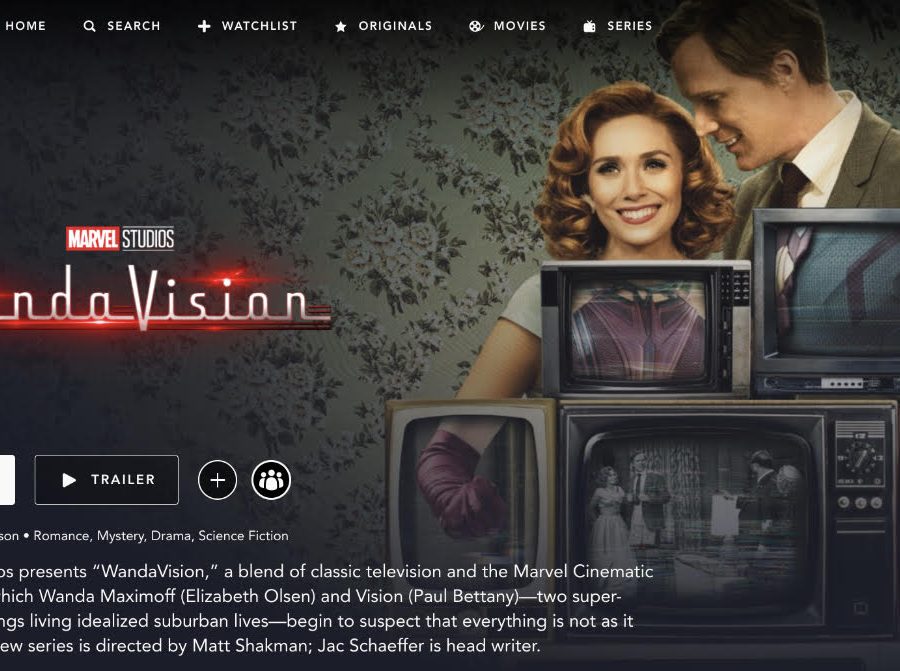Four months after release, how does Pokémon Go fit into our society?
We all saw the death of Pokémon Go. We all watched it change from everything our hearts had ever wanted into absolutely nothing. Once upon a time, we’d shamelessly and endlessly play, never leaving the house without a portable charger. But suddenly, that disappeared. We left the game faster than Ben Carson could drop out of the presidential race.
What happened? Why did we return to a land infested with pigeons instead of Pidgeys, rattlesnakes instead of Ekans?
There’s a few reasons. First, let’s consider why we initially played the game. We started to reminisce — the game was an embodiment of childhood dreams and memories. But nostalgia alone doesn’t sell, not on the scale Pokémon Go sold at.
For most, understand that the Pokémon Go craze wasn’t an active decision on player’s minds. People downloaded and played it simply because that was the thing to do. Chances are, actually, that if you didn’t have the game (and are somewhere between 14-25 years old), you made a conscious decision to NOT get it.
It was a trend, sort of like the Harlem Shake. The game is fun for a while, but then it dies out. People played to participate in the conversation about the game rather than to play the game. When the hubbub died in less than a month, people abandoned the game in droves.
Other players were simply upset at Niantic, the game company, for its apparent apathy to its audience. The notorious “three-step glitch,” the disabling of third party Pokémon trackers and the increased scan-refresh time upset many. They loved the game, but felt suppressed by the company that developed it. Eventually, frustration led them to quit.
After the game’s downfall, Niantic actually has been adding content to game that has elicited positive responses. Notably, they’ve reduced the spawn rate of common Pokémon, removed Eevee from 10k eggs and added daily rewards and bonuses. But for most, it’s too little, too late.
Of those who dealt with the initial frustration towards Niantic and nonetheless continued playing, some simply got bored. The first Weedle you ever catch is thrilling. The next is just as exciting. But the next 150? It’s tedious.
Now, there are two types of people left playing the game. The first, of course, is what we all expect — the dedicated players who enjoy the grind and thrill of catching Pokémon. They’re the ones who downloaded the game before Reddit could promote it and who play for a genuine interest in it. They keep the game up and running and represent the audience that Niantic actively aims to please and satisfy.
The second demographic includes all of us. It’s for those of us who’ve been burnt out on the game, but still think its concept and design are fun.
I’m talking about tourists. A new place means new Pokémon , which is exciting. And more, these Pokémon can’t be found at home. When you’re traveling, the stakes are raised — it’s now or never. The tension alone is enough to encourage playing, at least for a while.
On the surface, it’s easy to concede the point that Pokémon Go is dead. The game has never had the same player base that it reached in its first two weeks after release, and it likely never will. But Pokémon Go’s still ranks sixth on Apple’s top grossing app list. It doesn’t quite reach that same audience, but the game is far from the graveyar






